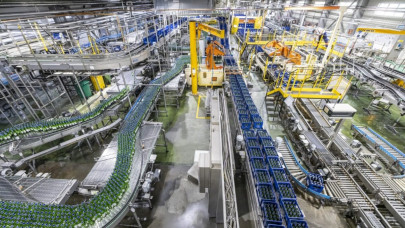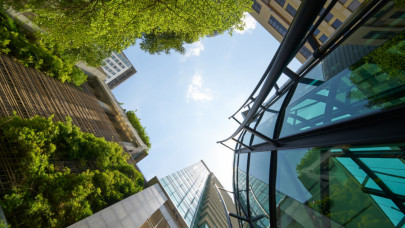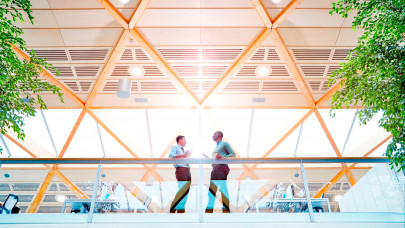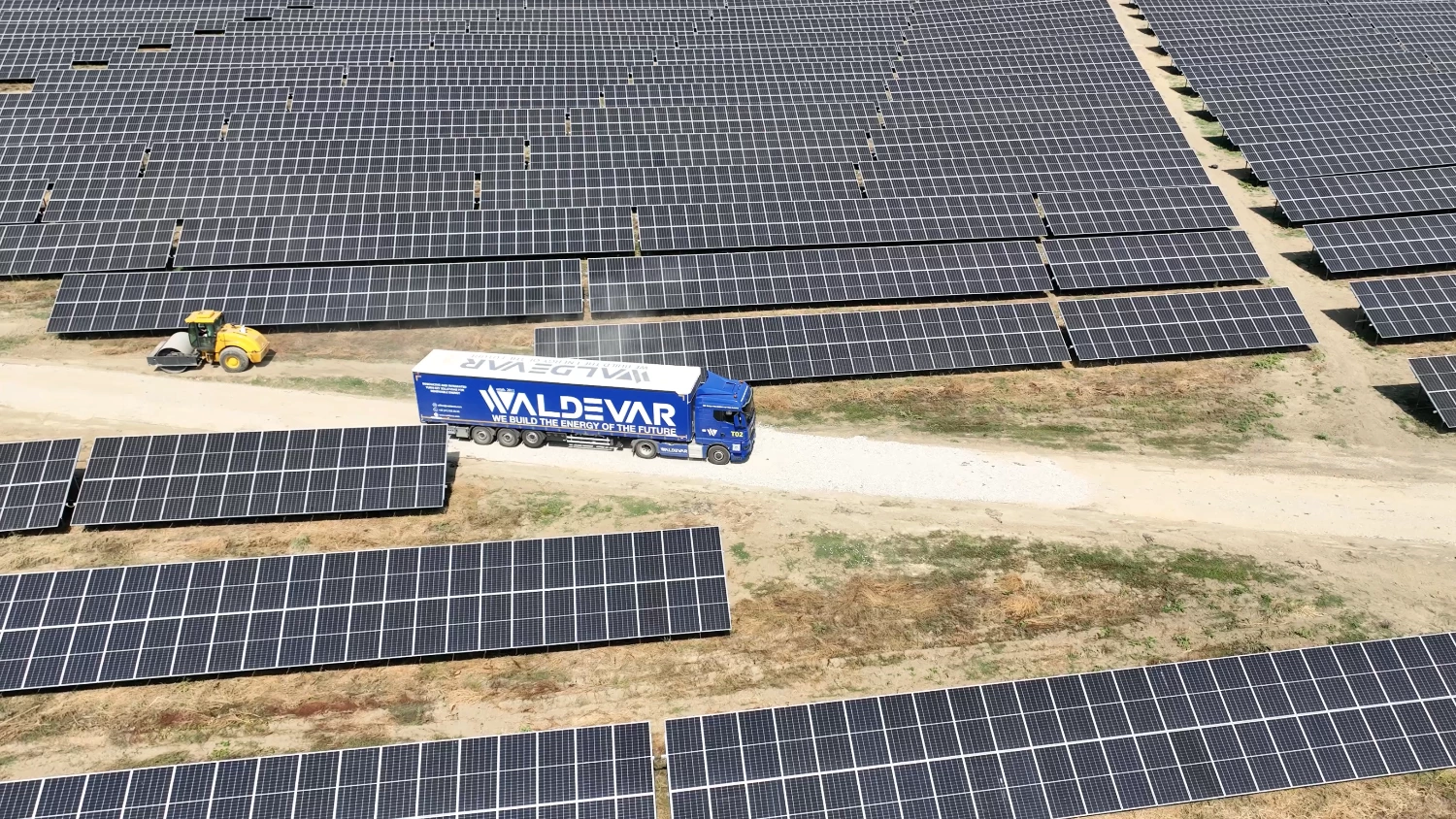For the third year in a row, the construction sector has missed its 2022 climate targets. Many homeowners are facing the challenge of making buildings more efficient and environmentally friendly, with the biggest lever for reducing carbon emissions in the buildings being the heating system.
More than 80% of the thermal energy demand is still covered by fossil fuels. Meanwhile, poor insulation and outdated heating systems not only lead to above-average energy consumption but also higher costs, the study found.
"The energy crisis has clearly shown us that the buildings sector has been neglected for far too long in the energy transition. Many homeowners now want to take care of their own energy supply and rely more on green technologies, but policymakers need to provide financial incentives to do so. The demand for advice on renewable heating and heat pumps is higher than ever. We provide support and guidance to customers and, at the same time, conduct research on innovative concepts to drive the thermal transition into the future effectively," said Patrick Lammers, Head of Customer Solutions on the E.ON Group Board of Directors.
In 2021, there were approximately 19.4 million residential buildings in Germany, of which 16.1 million were single-family homes. At the same time, almost two-thirds of buildings were built before 1979, while the average age of heating systems in 2019 was about 17 years.
Using the example of a typical single-family house from 1960, E.ON and EMPA checked the costs and CO2 emissions arising in various renovation and new construction scenarios. As one of the first in this field to do so, the study also considers the construction materials used. For new replacement structures, the researchers compared different construction methods in terms of carbon emissions over the building's entire life cycle.
The researchers also investigated which renovation measures are appropriate in terms of emissions when owners have to decide due to a lack of financial or labor resources. In this case, the study results show that replacing an outdated heating system is usually useful before enveloping the building unless both are possible at the same time. The optimal solution – although significantly more expensive and time-consuming – is a complete replacement.
Depending on the construction materials used, it is even possible to achieve negative emissions. According to the study results, natural gas technologies achieve the lowest CO2 savings of the combinations considered.
"For the construction sector to meet its climate targets, substantial short-term investment needs to be made. Modern heat pumps are indispensable for the transition to heating in existing buildings, but district heating solutions and green gases will also play an important role in the decarbonization of the heating sector," adds Lammers.
E.ON points out, for example, that in terms of avoiding CO2 emissions, stronger subsidy incentives for geothermal heat pumps and photovoltaic systems, as well as low-carbon district heating, are essential to accelerate the transition to heating in the construction sector.
Green gases were not examined in the study, but their increasing use can usefully complement electrification and the expansion of the use of heat pumps.














